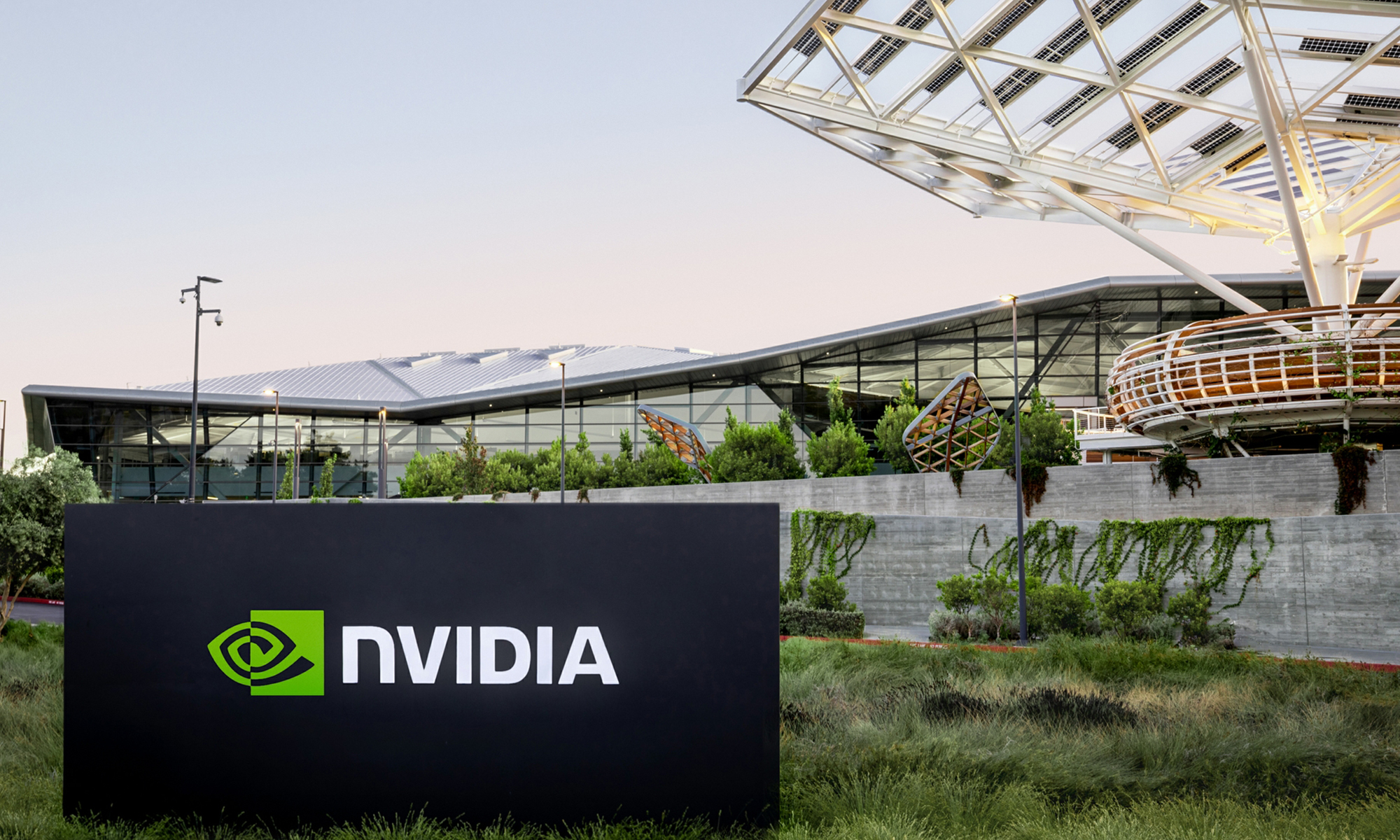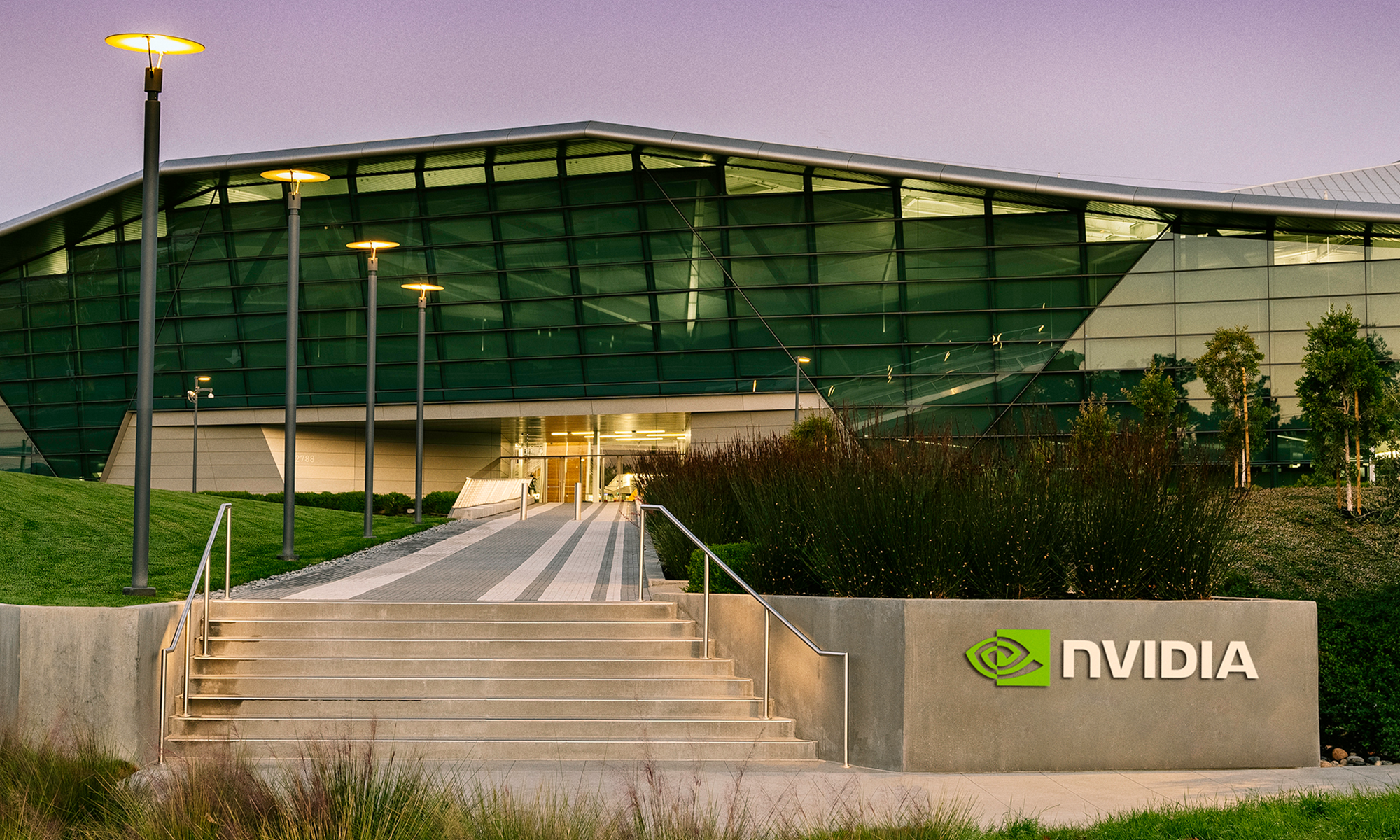NVIDIA (NVDA 0.05%), like other tech stocks, took a hit in 2020 amid COVID-19-related sell-offs. The company has long driven sales by leading the industry in the manufacture of graphics processing units (GPU). Applying some of its GPU technology advances in other areas has led to a resurgence in NVIDIA stock.
As more companies adopt these new applications, both the company and NVIDIA stock will likely benefit. However, the question investors should ponder is whether they would see higher returns by investing in one of NVIDIA's competitors.
Where NVIDIA stands
Those who have followed tech stocks like NVIDIA know the case for buying this company well. The GPU company orchestrated a comeback by turning to new technologies. Innovations related to artificial intelligence (AI), virtual reality (VR), the Internet of Things (IoT), and other industries will become more prominent in the near future. NVIDIA chips have helped to make all of these possible.
However, this technology is already what took NVIDIA stock from its $20 per share level in 2015 to its much higher $262 per share price today. The question for investors considering adding the stock to their portfolio or adding to their position in the stock: How much more growth does NVIDIA have left to do?

Image source: Getty Images.
Did COVID-19 make NVIDIA a buy?
Efforts to halt the spread of the novel coronavirus have certainly affected NVIDIA stock, and perhaps some may see this otherwise stressful time as an opportunity to buy stock in this company at a discount. Still, the GPU manufacturer's stock has recovered much of its value in the current sell-off. Comparatively, NVIDIA has avoided the devastation that it faced during the tech sell-off in late 2018. That sell-off took the stock from as high as $292.76 per share to a low of $124.46 per share before the end of 2018. NVIDIA fully recovered and went on to set a new all-time high of $316.32 per share before falling back.
Though it has fallen to as low as $180.68 per share in the current sell-off, this is hardly a second chance at the lows of late 2018. Now, with it trading in the $262 per share range, the question is whether investors have a significant buying opportunity at all.
Currently, NVIDIA supports a forward P/E ratio of about 32.6. However, this comes in slightly below the average multiple of around 39.5 that the stock has seen over the previous five years. For the foreseeable future, the company looks poised to continue its double-digit profit growth. It will probably not match the average growth rate of 52.8% per year that it saw over the last five years. Still, the 31.3% rate of increase forecast for this year shows the company remains in growth mode.
NVIDIA and its peers
A much bigger question involves whether NVIDIA is a buy compared with its competitors. AMD (AMD 0.74%) trades at a forward multiple of around 37.3, a slightly higher valuation. However, analysts forecast AMD's earnings growth for this year to be 71.9%! Moreover, longer-term, analysts predict that NVIDIA's five-year growth rate will fall to an average of 10.7% per year. If AMD's earnings increases match analyst forecasts, it will increase earnings at almost 35% per year over the same period.
NVIDIA also may not best Intel (INTC +10.80%) as a longer-term investment. Intel has recently entered the GPU space that NVIDIA has long dominated. Conversely, NVIDIA competes in the data center space, an area that Intel hopes will become a more significant revenue driver.
Analysts predict Intel's earnings will fall by 1.4% this year and rise by 1.9% in fiscal 2021. However, over a five-year timespan, that rises to an average of just under 9.1% per year. While that falls slightly short of NVIDIA's growth rate, Intel investors only have to pay around 11.2 times forward earnings for its stock.
Intel stockholders will also see much higher dividend yields. Intel's $1.32 per share annual dividend yields around 2.4%. NVIDIA, which pays its shareholders $0.64 per share this year, yields only about 0.25%.
Dividends notwithstanding, NVIDIA's technology will power the future of tech for the foreseeable future. Once AI, VR, IoT, and other technological innovations see wider acceptance, NVIDIA will benefit.
Nonetheless, this is nothing new to seasoned investors in the chip sector. NVIDIA remains a long-term winner that will probably continue to deliver shareholder returns. It will benefit from a rising tide lifting all boats as more people adopt its technologies. However, investors may fare better by pursuing the more lucrative returns in AMD's higher growth or by betting on an Intel comeback.









